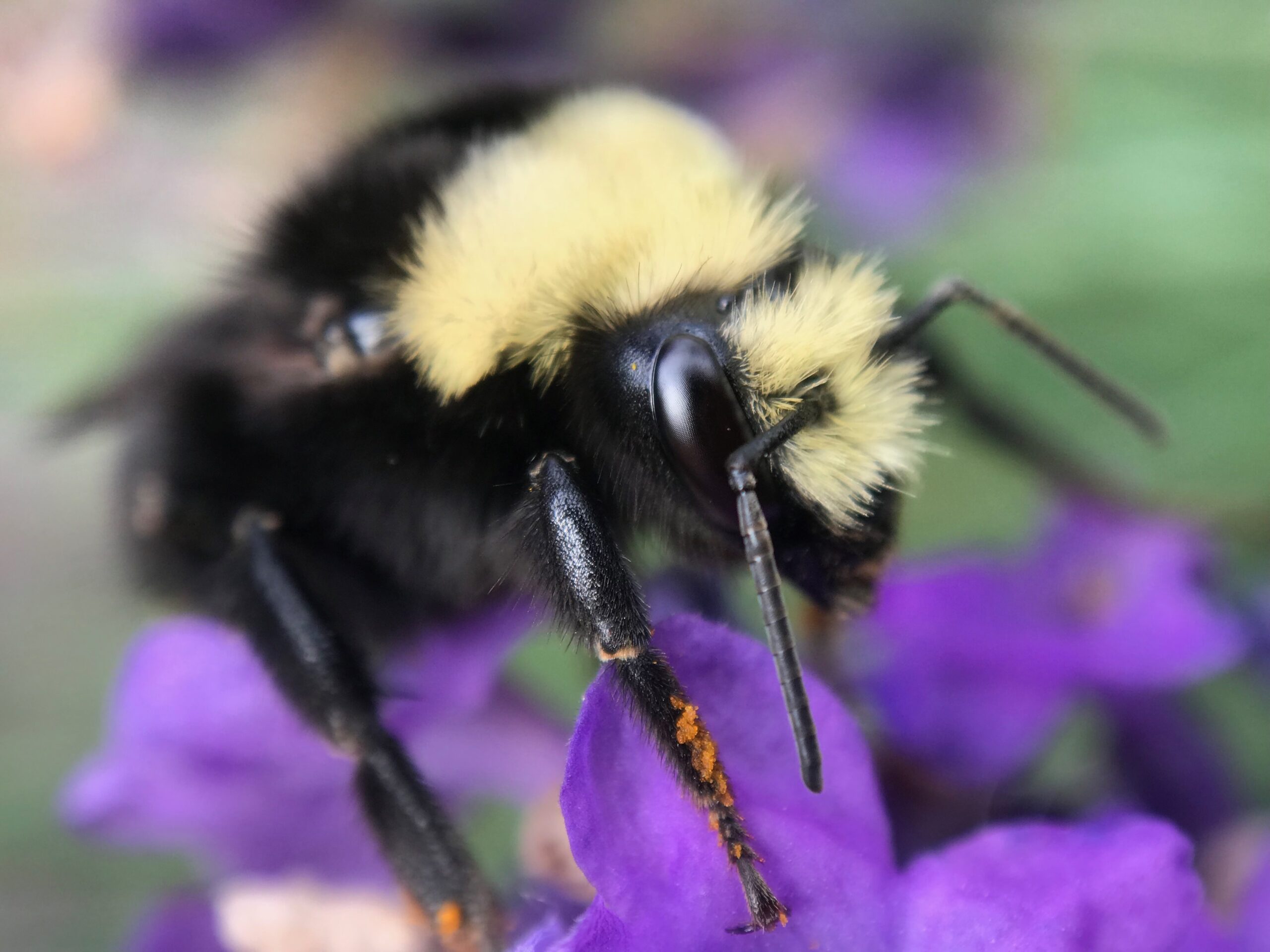Honeybees and bumblebees are both important pollinators, but they have significant differences. Honeybees are yellow and black-striped, more aggressive, have larger colonies of up to 50,000 individuals, and pollinate a vast range of flowers. Bumblebees have black and yellow markings, are gentle and very unlikely to sting, have smaller colonies with only a few hundred workers, and are selective eaters that pollinate native plants more efficiently. Honeybees use the waggle dance to communicate food source location and direction, while bumblebees use buzz pollination to dislodge pollen from flowers. Both bees play an essential role in the ecosystem and must be protected.
Honeybee vs. Bumblebee: A Comparison of Busy Pollinators
Pollinators are incredibly essential to the ecosystem, and two famous pollinators are the honeybees and bumblebees. These two insects play a vital role in plant reproduction, but do you know the differences between a honeybee and a bumblebee? Here is a comparison of the two busy pollinators.
Appearance
One of the most noticeable differences between honeybees and bumblebees is their appearance. Honeybees typically range in size from 8 to 16 millimeters in length and have a yellow and black-striped body with narrow, curved antennae. In contrast, bumblebees have a larger and hairier body, ranging in size from 6 to 25 millimeters, and have black and yellow markings on their abdomen.
Aggressiveness
Honeybees and bumblebees differ significantly in their temperament. Honeybees, known to be easily aggravated, are more likely to sting aggressively, whereas bumblebees are quite gentle and very unlikely to sting or attack.
Colony Size
Both types of bees have a social structure and live in colonies, but there are significant differences between both colony structures. In honeybees, there are three types of honeybees – the queen, the worker, and the drone, and colonies can swell to 50,000 individuals. Conversely, bumblebees have a single queen and only a few hundred workers in their colonies.
Food Preferences
While both honeybees and bumblebees are pollen and nectar eaters, their preferences vary. Honeybees are generalist feeders, meaning they pollinate a vast range of flowers, leading to a less specialized and less efficient pollination process. In contrast, bumblebees are much more selective in their food choices and primarily pollinate plants native to their region that produce a more abundant and higher quality of pollen and nectar than the typical garden plant.
Pollination
Both honeybees and bumblebees are essential pollinators but have different approaches. Honeybees rely on the waggle dance, which allows them to communicate the location and direction of a food source, and their pollination is highly effective in agriculture due to their large colony size. Bumblebees, on the other hand, use a technique known as “buzz pollination” to dislodge pollen from flowers by vibrating their flight muscles. This pollination method is incredibly efficient, resulting in more significant and higher quality yields of various crops such as tomatoes, blueberries, and cranberries.
Conclusion
While both honeybees and bumblebees are vital pollinators, they have significant and recognizable differences. Honeybees are more aggressive, have more massive colonies, and are generalist feeders, whereas bumblebees are gentle, have smaller colonies, and are selective eaters that pollinate native plants more efficiently. Both honeybees and bumblebees have a crucial and beneficial place in our ecosystem and should be protected for the future.
